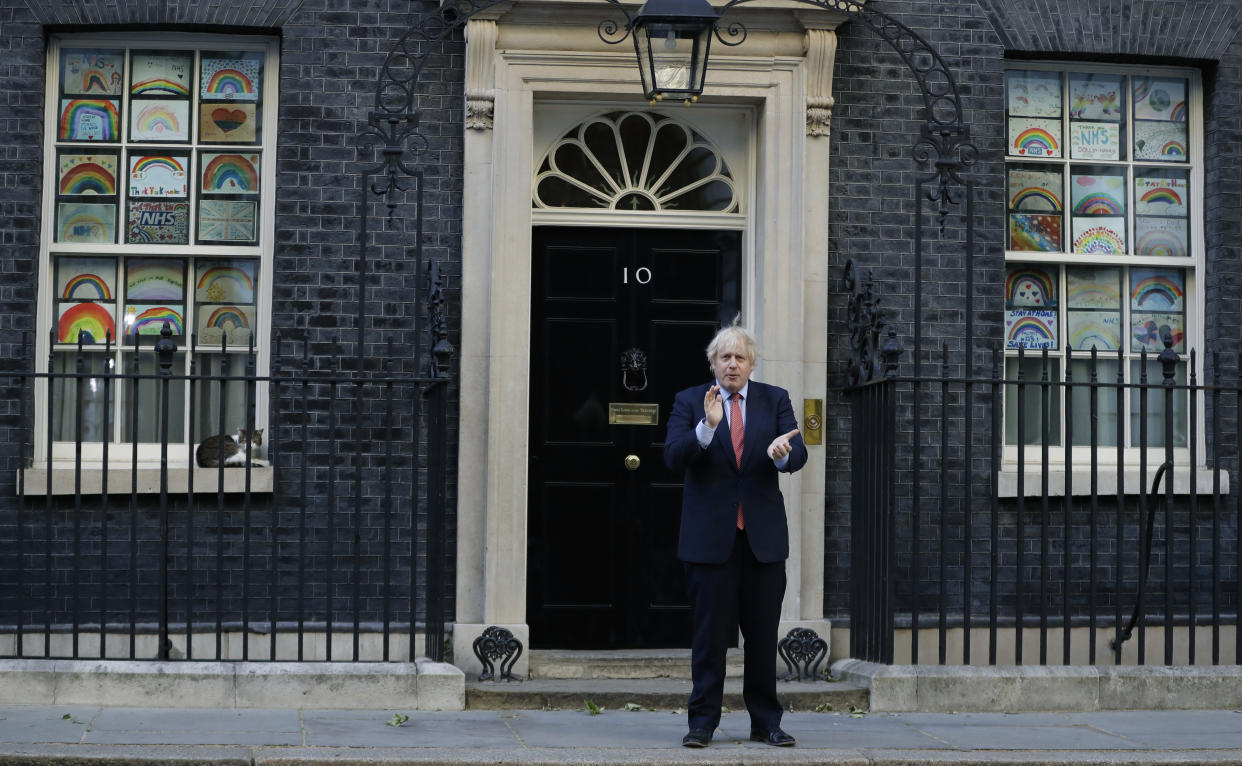Coronavirus 'R number' could be higher than 1 in parts of England, health experts warn

The coronavirus reproduction “R” number could be higher than 1 in parts of England, health experts have warned, meaning the outbreak in those areas is growing.
Scientists warned the infection rate is rising overall, probably due to increased mobility and socialising between households.
The government’s latest official estimate of the R number for the UK as a whole remains between 0.7 and 0.9, the same as the previous week.
However, Public Health England (PHE) and Cambridge University published a regional breakdown of the R value, with the latest estimate showing it is around 1 in the north-west and south-west of England – and might even be slightly higher.
A statement on Cambridge’s MRC Biostatistics Unit website read: “There is some evidence that R has risen in all regions and we believe that this is probably due to increasing mobility and mixing between households and in public and workplace settings.”
If R is below 1, it means that on average, an infected person will infect fewer than one other person, meaning the number of new cases will fall over time. If it is above 1, it means the rate of infection is accelerating.
The R measurement is one of the key factors in guiding lockdown rules, meaning the lower the value, the sooner the nation is likely to return to normality.
Dr Yvonne Doyle, PHE’s medical director, said: “Our estimates show that the regional R numbers have increased although they remain below 1 for most of England – this is to be expected as we gradually move out of lockdown.
“It is vital that everyone continues with social distancing, practising good hand hygiene and must remain at home and order a test if they have symptoms.”
The government’s chief scientific adviser Sir Patrick Vallance said on Friday that the R rate could be between 0.7 and 1 in England.
Sir Patrick said: “The latest R value calculation is between 0.7 and 0.9 for the UK as a whole. It may be a little bit higher in England. It may be between 0.7 and 1, and there is a bit of regional variation.”
He added there could be “some places” where R is very close to 1.
Read more: Face coverings mandatory on public transport in England from 15 June
However, earlier on Friday, it was announced an average of 53,000 people in England had COVID-19 any one time between 17 and 30 May – marking a decrease in positive tests in recent weeks.
New data from the Office for National Statistics (ONS) showed a fall in the number of cases compared to 11 to 24 May, when 133,000 people in England had the virus at any given moment.
“Modelling of the trend over time shows evidence that the number of people in England testing positive has decreased in recent weeks,” the ONS said.
The data, based on tests performed on 19,723 people in 9,094 households, suggested there is a “clear downward trend”.
The government’s R value for the UK is partly calculated using data such as hospital admissions, intensive care unit admissions and deaths. The government said it can take up to three weeks for changes in R to be reflected by these data sources, “due to the time between infection and needing hospital care”. The PHE R data, on the other hand, reflects the current date.
It was just over three weeks ago, on 13 May, when the first easing of the lockdown happened, with people unable to work from home told to start returning to their workplaces. People were also given permission to start meeting a friend or family member from outside their households in outdoor spaces.
On Monday, schools reopened for Reception, Year 1 and Year 6 pupils; car showrooms and outdoor shops were able to reopen; and outdoor gatherings of up to six people were allowed.
Coronavirus: what happened today
Click here to sign up to the latest news, advice and information with our daily Catch-up newsletter
Read more about COVID-19
How to get a coronavirus test if you have symptoms
How easing of lockdown rules affects you
In pictures: How UK school classrooms could look in new normal
How public transport could look after lockdown
How our public spaces will change in the future
Help and advice
Read the full list of official FAQs here
10 tips from the NHS to help deal with anxiety
What to do if you think you have symptoms
How to get help if you've been furloughed

